Discover how to create the perfect daily pet routine to improve your pet’s behavior, health, and happiness with our comprehensive guide packed with expert tips and strategies.
Table of Contents
Introduction: The Foundation of Pet Wellness
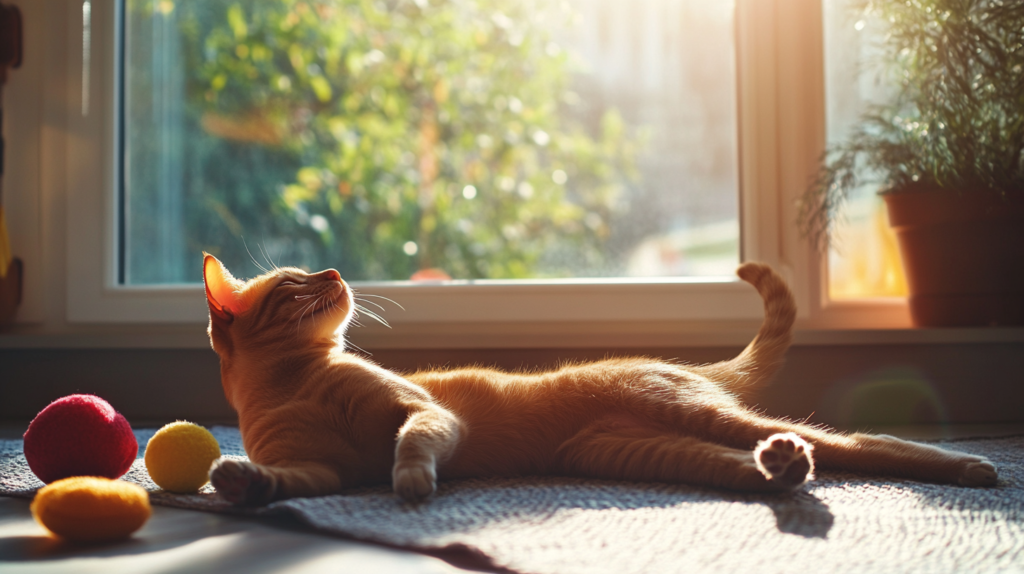
Every pet parent knows the joy that comes with sharing life with a furry companion. Whether you’ve recently welcomed a new pet into your home or have been a longtime pet owner looking to improve your current system, establishing a daily pet routine is one of the most impactful ways to enhance your pet’s wellbeing and strengthen your bond. Beyond the cuddles and playtime, pets thrive on structure and predictability, making a consistent daily pet routine essential for their physical and emotional health.
According to a 2024 survey by the American Veterinary Medical Association, pets whose owners maintain structured daily routines show 42% fewer behavioral problems and enjoy better overall health outcomes than those with irregular schedules. This significant statistic highlights just how crucial routine is for our animal companions.
In this comprehensive guide, we’ll walk through everything you need to know about creating, implementing, and maintaining an effective daily pet routine that benefits both you and your beloved pet. From morning rituals to bedtime winds-downs, we’ll cover practical strategies that accommodate different pet personalities, owner schedules, and living situations.
Why Daily Pet Routines Matter
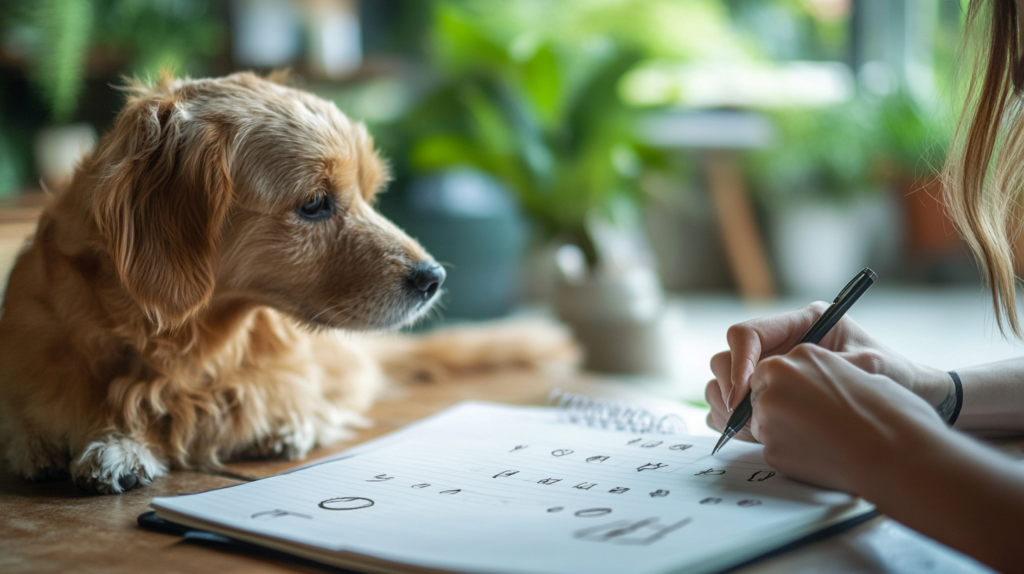
Before diving into the specifics of building your pet’s schedule, let’s understand why a daily pet routine is so important:
The Science Behind Pet Routines
Research from the University of California Animal Behavior Center shows that animals, much like humans, have internal biological clocks that regulate essential functions such as hunger, sleep, and activity levels. Dr. Melissa Bain, Professor of Clinical Animal Behavior, explains: “Consistent routines help synchronize these internal rhythms, reducing stress hormones and promoting overall wellbeing in companion animals.”
Benefits of a Structured Daily Pet Routine
- Reduced anxiety: Pets know what to expect and when, decreasing uncertainty-related stress
- Improved behavior: Clear patterns help prevent destructive behaviors born from boredom or confusion
- Enhanced training success: Consistency reinforces commands and desired behaviors
- Better digestive health: Regular feeding times support proper digestion and metabolism
- Stronger bond: Predictable interactions build trust and security in your relationship
- Easier health monitoring: Deviations from normal patterns can alert you to potential health issues
- More efficient pet care: Streamlined routines save time and reduce decision fatigue for owners
Signs Your Pet Needs a Better Routine
Not sure if your current approach needs refinement? Look for these indicators that your pet would benefit from a more structured daily pet routine:
- Frequent accidents indoors (even after proper house training)
- Excessive barking, meowing, or other attention-seeking behaviors
- Destructive behaviors when left alone
- Irregular eating patterns or sudden food refusal
- Sleep disruptions (either excessive sleeping or restlessness)
- Increased anxiety when you leave or return home
- Difficulty responding to basic commands they previously mastered
Creating the Perfect Morning Routine
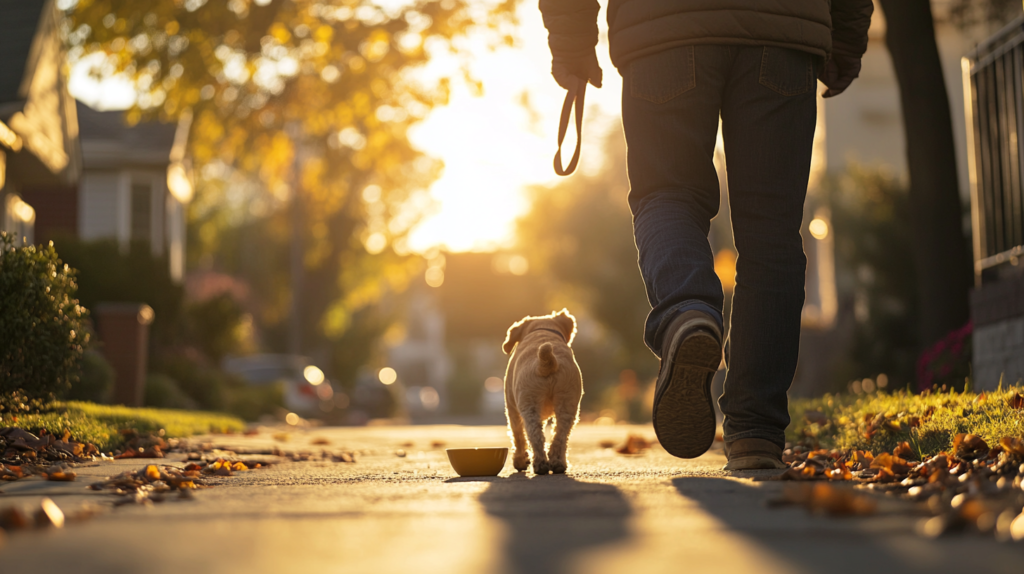
The way you start the day sets the tone for both you and your pet. A well-structured morning daily pet routine provides the foundation for a harmonious day ahead.
The Ideal Wake-Up Time
Consistency is key when establishing wake-up times. Dr. James Wilson, veterinary behaviorist at Cornell University, notes: “Animals have remarkably accurate internal clocks. Waking at approximately the same time each day helps regulate their bodily functions and behavior patterns.”
For most pets, an ideal morning routine begins between 6-8 AM, though this should align with your own schedule for sustainability. Whatever time you choose, try to maintain it within a 30-minute window, even on weekends.
Morning Exercise Needs by Pet Type
Different pets have varying exercise requirements to start their day properly:
| Pet Type | Morning Exercise Duration | Exercise Type | Benefits |
| Small Dogs | 15-20 minutes | Short walk, indoor play | Bladder relief, mental stimulation |
| Medium/Large Dogs | 30-45 minutes | Brisk walk, fetch | Energy release, cardiovascular health |
| Cats | 10-15 minutes | Interactive toys, climbing | Prey drive satisfaction, weight management |
| Small Mammals | 15-20 minutes | Supervised out-of-cage time | Environmental enrichment, bonding |
| Birds | 30 minutes | Out-of-cage time, interaction | Social needs, mental stimulation |
First Feeding Considerations
Incorporating feeding into your morning daily pet routine requires thoughtful timing:
- Dogs: Ideally fed 30-60 minutes after morning exercise to prevent bloat and digestive issues
- Cats: Can be fed upon waking as part of their natural crepuscular (dawn/dusk) activity pattern
- Small mammals: Morning feeding aligns with their natural foraging patterns
- Birds: Early morning feeding mirrors wild feeding behaviors
Morning Medication and Grooming
If your pet requires regular medication or treatments, incorporating these into your morning routine ensures consistency. A simple checklist can help:
- Daily medications (set alarms if needed)
- Quick grooming session (brushing teeth, coat maintenance)
- Check ears, eyes, and paws for any issues
- Refresh water bowls with clean water
Midday Management: Keeping Your Pet Engaged
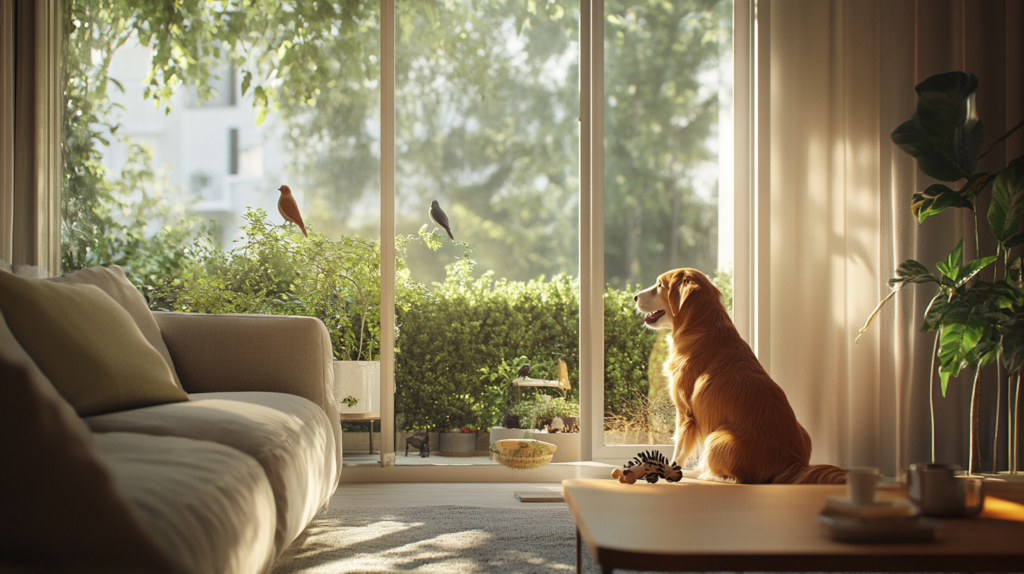
The middle portion of your daily pet routine presents unique challenges, especially for working pet parents. Here’s how to ensure your pet’s needs are met during these hours:
For Working Pet Parents
According to a 2023 survey by PetCare Industries Association, 68% of pet owners report concerns about their pet’s wellbeing during work hours. Here are effective strategies to incorporate into your daily pet routine when you can’t be home:
- Midday dog walkers or pet sitters: Worth the investment for high-energy or senior pets needing bathroom breaks
- Pet cameras: Allow you to check in and even dispense treats remotely
- Puzzle toys and treat dispensers: Provide mental stimulation and extend feeding time
- Rotating toy collection: Introduce different toys on different days to maintain novelty
- Strategic playtime: Intensive play before you leave can promote restful behavior during alone time
Creating Safe Spaces
Environmental setup plays a crucial role in your pet’s daytime experience:
- Dogs: A comfortable area with familiar bedding and toys, possibly with a crate if properly trained
- Cats: Vertical spaces, window perches, and hiding spots throughout the home
- Small mammals: Enriched enclosures with multiple hiding spots and foraging opportunities
- Birds: Positioning cages near windows (but avoiding drafts) provides natural light and environmental stimulation
Addressing Separation Anxiety
Separation anxiety can derail even the best-planned daily pet routine. Veterinary behaviorist Dr. Karen Overall recommends these strategies:
- Practice short departures: Gradually increase time away to build confidence
- No dramatic goodbyes or greetings: Keep departures and returns low-key
- Leave recently worn clothing near your pet’s resting area
- Background noise: Leave on pet-friendly music or television
- Calming aids: Consider pheromone diffusers, anxiety wraps, or veterinarian-prescribed solutions for severe cases
The Evening Wind-Down
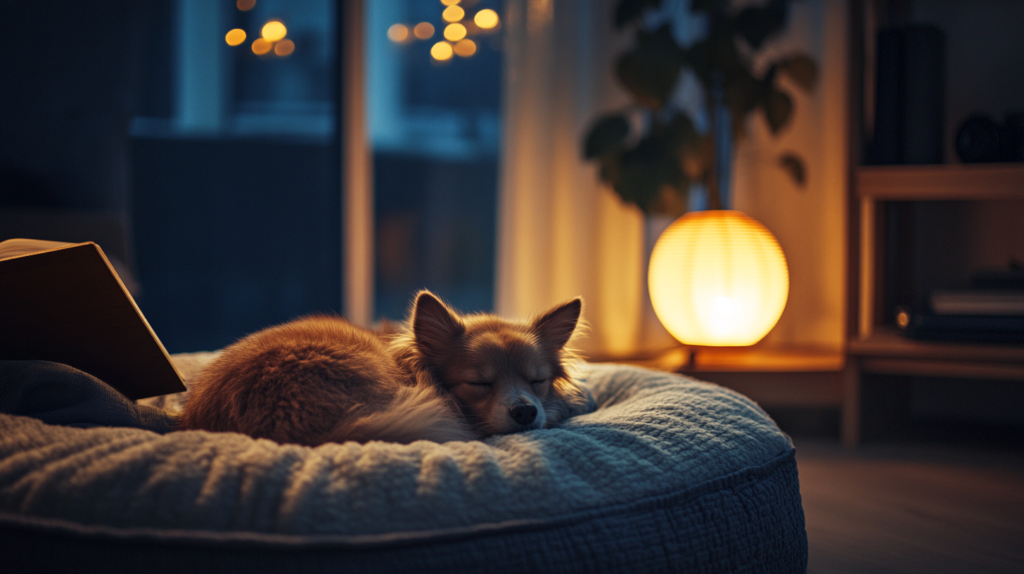
After a busy day, your evening daily pet routine should focus on reconnection and preparation for restful sleep.
Post-Work Exercise and Play
The after-work period is crucial for pets who’ve been alone during the day:
- Dogs benefit from: 30-45 minutes of more intensive exercise than morning sessions, incorporating both physical activity and mental stimulation
- Cats enjoy: Interactive play sessions mimicking hunting behaviors, using wand toys or laser pointers (always ending with a “catchable” toy)
- Small mammals appreciate: Out-of-cage exploration time in pet-proofed areas
- Birds need: Social interaction and flight time (for those with clipped wings, supervised exploration)
Evening Feeding Strategies
Dinner time is an essential component of your pet’s daily pet routine. Timing considerations include:
- Dogs: Feed at least 3 hours before bedtime to allow proper digestion
- Cats: Consider split feeding with larger portion in evening to reduce night-time hunger
- Small mammals: Supplement evening feed with extra hay or forage materials for overnight
- Birds: Provide evening “foraging” opportunities that mimic natural behaviors
A 2024 study in the Journal of Veterinary Behavior found that pets fed at consistent times each day showed improved digestion and better weight management than those with irregular mealtimes.
Evening Health Checks
Incorporate these quick health scans into your nightly daily pet routine to catch potential issues early:
- Visual inspection of eyes, ears, and nose
- Brief dental check and oral care if part of your regimen
- Paw examination, especially after outdoor activities
- Coat inspection for parasites, mats, or skin issues
- Monitoring water intake and bathroom habits
Creating a Sleep-Promoting Environment
Quality sleep is vital for your pet’s health. Optimize their sleep environment by:
- Maintaining comfortable temperature (65-75°F for most pets)
- Reducing light exposure in sleeping areas
- Providing appropriate bedding based on species and preferences
- Limiting evening stimulation an hour before desired sleep time
- Creating white noise if your pet is sensitive to environmental sounds
Weekend Adaptations to Your Daily Pet Routine
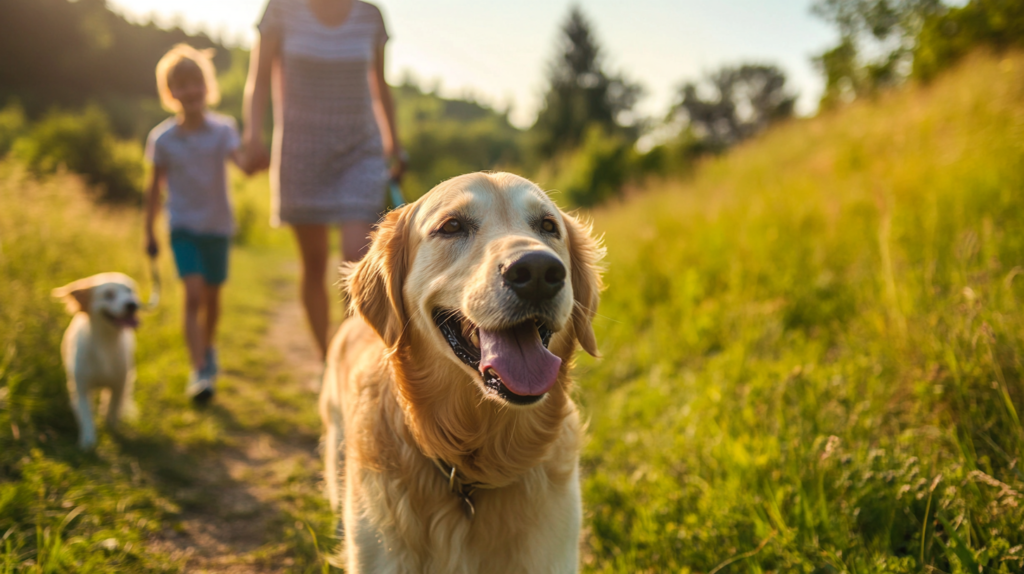
Weekends present both opportunities and challenges for maintaining your pet’s daily pet routine. Here’s how to strike the right balance:
Maintaining Core Elements
Even on weekends, try to preserve these essential components of your daily pet routine:
- Wake-up and bedtime (within 1 hour of weekday times)
- Feeding schedules (timing can flex slightly but maintain consistent intervals)
- Medication administration (exact timing is critical)
- Basic exercise requirements (though activity types can vary)
Enrichment Opportunities
Weekends allow for enhanced experiences that can supplement your standard daily pet routine:
- Extended outdoor adventures: Hiking, beach visits, or dog park outings
- Training sessions: Dedicate time to teaching new skills or reinforcing commands
- Social experiences: Arrange pet playdates or controlled socialization opportunities
- Novel environments: Explore pet-friendly stores, outdoor cafes, or new walking routes
Seasonal Adjustments to Your Daily Pet Routine

As seasons change, so should elements of your daily pet routine to accommodate weather and daylight variations.
Summer Adaptations
- Shift exercise to cooler hours (early morning, late evening)
- Increase water availability throughout your home
- Monitor for signs of overheating during all activities
- Consider cooling mats or climate-controlled spaces during peak heat
- Adjust food amounts as activity levels change
Winter Considerations
- Shorter but more frequent outdoor sessions for dogs
- Enhanced indoor enrichment for all pets
- Additional bedding for warmth
- Paw protection from ice, snow, and de-icing chemicals
- Monitor for seasonal affective disorder signs in pets sensitive to reduced daylight
Dr. Lisa Radosta, veterinary behaviorist, explains: “Pets, especially dogs, can experience seasonal mood changes similar to humans. Adjusting your daily pet routine to include more enrichment activities during winter months can help maintain their mental wellbeing.”
Adapting Routines for Special Circumstances
Life isn’t always predictable, and sometimes your carefully crafted daily pet routine needs modification. Here’s how to handle common situations:
Travel Adaptations
When traveling with pets:
- Pack familiar items (bedding, toys, foods) to maintain routine elements
- Research pet-friendly accommodations in advance
- Create a portable version of your daily pet routine with flexible timing but consistent components
- Consider travel-specific items like portable water bowls, collapsible crates, and calming aids
When leaving pets behind:
- Provide detailed written instructions of your pet’s daily pet routine for caretakers
- Introduce pets to caretakers before departure when possible
- Maintain as many routine elements as feasible through clear communication
- Consider boarding facilities that can closely match your home schedule
Health Recovery Periods
When pets are recovering from illness or surgery:
- Consult with your veterinarian about necessary daily pet routine modifications
- Adjust exercise expectations while maintaining mental stimulation
- Follow medication schedules with absolute precision
- Monitor and document behaviors, appetite, and recovery progress
- Gradually reintroduce normal routine elements as approved by your vet
Technology to Support Your Daily Pet Routine
Modern technology offers numerous tools to help maintain a consistent daily pet routine:
Smart Feeders and Water Fountains
Automated feeding systems have evolved significantly, with options now including:
- Portion-controlled dispensers with programmable feeding times
- Refrigerated options for fresh or prescription foods
- Water fountains that encourage hydration and track consumption
- Systems that can be integrated into your home automation setup
Pet Activity Monitors
Similar to human fitness trackers, these devices can:
- Monitor activity levels throughout the day
- Track sleep quality and duration
- Alert you to unusual behavior patterns
- Provide data to share with veterinarians for health assessments
Remote Interaction Tools
For pets who struggle with alone time, consider:
- Two-way video/audio systems for communication
- Remote treat dispensers
- Interactive toys you can control via smartphone
- Automated play systems for times when you can’t engage directly
Building Routines for Multi-Pet Households
Maintaining harmony in homes with multiple pets requires strategic daily pet routine planning:
Species-Specific Considerations
Different pets have unique needs that must be balanced:
- Create separate feeding stations to prevent resource guarding
- Design individual exercise plans based on energy levels and requirements
- Establish “safe zones” where each pet can retreat if overwhelmed
- Schedule one-on-one time with each pet to strengthen individual bonds
Managing Group Dynamics
A 2023 study from the University of Edinburgh revealed that homes with multiple pets reported 37% fewer behavioral issues when following structured daily pet routines that account for group dynamics:
- Observe natural hierarchies without reinforcing problematic dominance
- Introduce new routine elements gradually to all pets
- Be consistent with rules and expectations across all animals
- Reward peaceful interactions and resource sharing
Troubleshooting Common Routine Challenges
Even well-designed daily pet routines encounter occasional obstacles. Here are solutions to common challenges:
Schedule Disruptions
When unavoidable disruptions occur:
- Maintain core elements (feeding, medication) even when timing shifts
- Use familiar objects (beds, toys) to create continuity in new environments
- Return to established patterns as quickly as possible
- Consider anxiety support during major transitions
Resistance to Routine Changes
If your pet struggles with necessary routine adjustments:
- Implement changes incrementally rather than all at once
- Use high-value rewards to create positive associations with new elements
- Maintain predictable cues that signal various activities
- Allow additional adjustment time for senior pets or those with anxiety
Seasonal Behavior Changes
Some pets experience behavioral shifts with seasonal changes:
- Increase environmental enrichment during winter months
- Monitor for signs of seasonal allergies that may impact comfort and behavior
- Adjust exercise intensity based on temperature and humidity
- Consider light therapy for pets showing signs of seasonal mood changes
FAQ: Daily Pet Routine Questions
How strict should I be about maintaining exact times in my pet’s daily routine?
While consistency is important, your daily pet routine doesn’t need to follow military precision. Aim to keep major activities (feeding, walks, bedtime) within 30-60 minute windows. Most pets adapt well to slight variations as long as the sequence of events remains consistent. However, medications should always be administered at prescribed intervals.
My work schedule varies weekly. How can I create a consistent daily pet routine?
Focus on creating pattern-based routines rather than time-specific ones. For example, maintain a consistent sequence (wake up → potty break → breakfast → short exercise) even when start times vary. Consider automated feeders for consistent meal timing and enlist help from pet sitters or dog walkers to maintain midday elements of your daily pet routine when needed.
How long does it take for a pet to adapt to a new routine?
Most pets adjust to new daily pet routines within 2-3 weeks, though this varies based on species, age, and temperament. Senior pets and those with anxiety may need 4-6 weeks to fully adapt. Remain consistent and patient during the transition period, offering plenty of positive reinforcement as your pet learns the new patterns.
Should I maintain the same daily pet routine on weekends and holidays?
Maintaining core elements of your daily pet routine on weekends and holidays helps prevent “Sunday night syndrome” – the anxiety and behavioral issues that can emerge when routines fluctuate too dramatically. Try to keep feeding times, basic exercise, and sleep schedules relatively consistent while allowing for some enjoyable variations in activities and duration.
How do I adjust my pet’s daily routine when Daylight Saving Time changes occur?
Gradual adjustment works best for most pets. Begin shifting your daily pet routine by 10-15 minutes daily in the week leading up to the time change. This allows your pet’s internal clock to adjust gradually rather than experiencing an abrupt hour shift. Pay particular attention to maintaining consistent feeding times during these transitions.
How can I tell if my daily pet routine is working well for my pet?
A successful daily pet routine results in a pet who:
- Maintains healthy eating habits and appropriate weight
- Shows consistent elimination behaviors
- Sleeps well through the night
- Displays minimal anxiety-related behaviors
- Engages enthusiastically with enrichment activities
- Transitions easily between different daily activities
- Recovers quickly from occasional routine disruptions
Taking Your Pet Care to the Next Level
Implementing a consistent daily pet routine is just the beginning of providing exceptional care for your beloved companion. For pet parents ready to further enhance their pet’s wellbeing:
- Consider certification in pet first aid to be prepared for emergencies
- Explore species-specific enrichment workshops offered by many animal welfare organizations
- Consult with a veterinary nutritionist to optimize your pet’s diet for their specific needs
- Investigate positive reinforcement training to strengthen communication and trust
For Expert Guidance and Support
For more expert pet care tips and product recommendations, visit BlithePet.com — your trusted source for pet wellness. Our team of veterinarians and animal behavior specialists provides up-to-date guidance on creating optimal environments and routines for pets of all kinds.
Conclusion: The Gift of Routine
Establishing an effective daily pet routine is one of the most loving things you can do for your animal companion. Beyond meeting their basic needs, a thoughtfully designed routine provides the security, stimulation, and structure that allows pets to thrive physically and emotionally.
Remember that the perfect routine evolves with your pet’s changing needs throughout their life stages. What works for an energetic puppy will need adjustment as they mature into adulthood and eventually enter their senior years. By remaining attentive and flexible while maintaining core consistency, you create an environment where your pet can experience their best possible life.
Have a similar experience with your pet? Share it in the comments below!

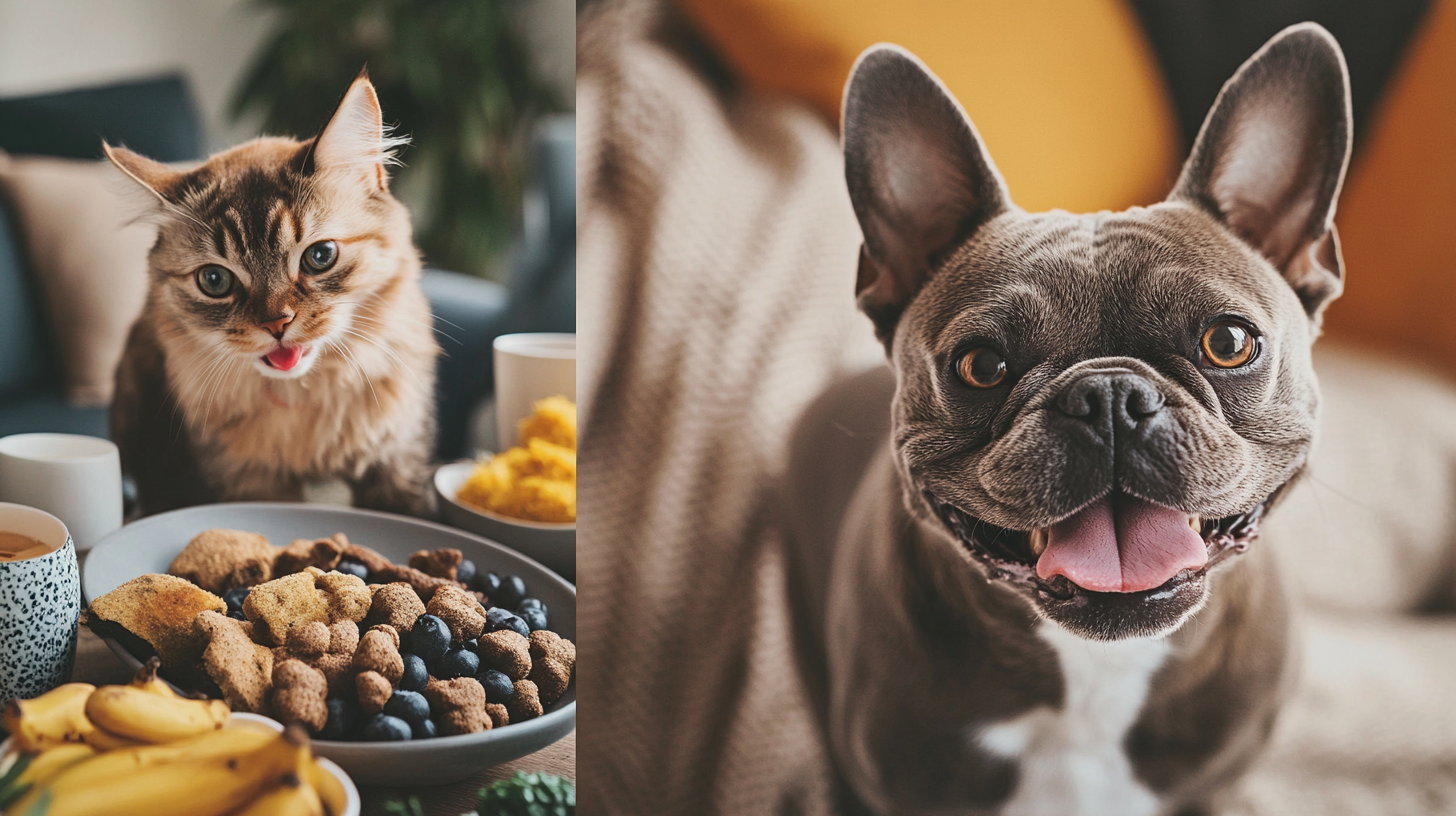

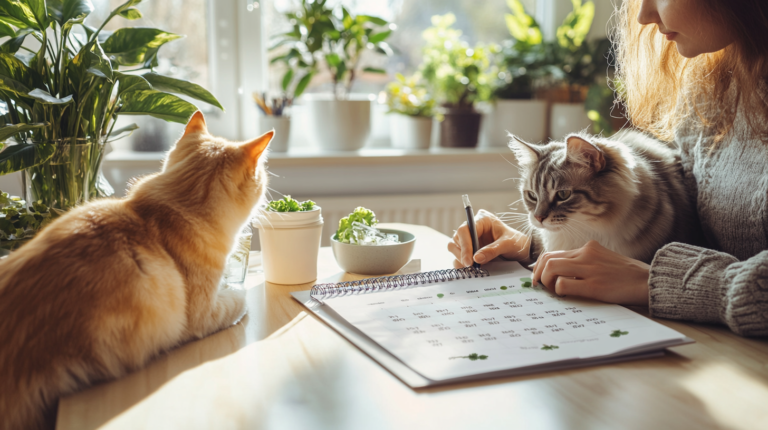
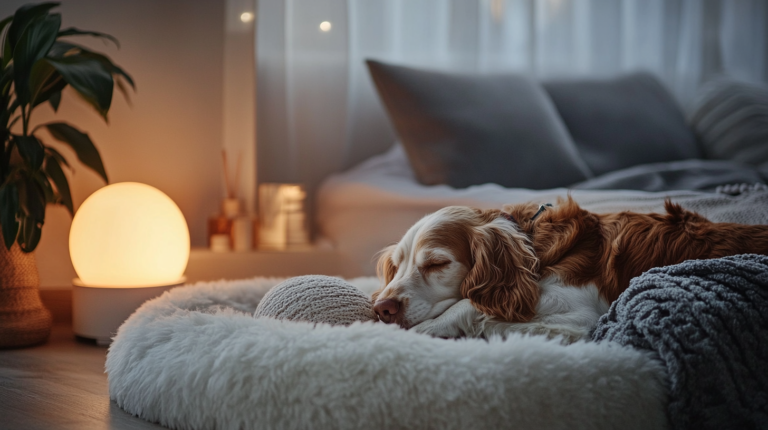

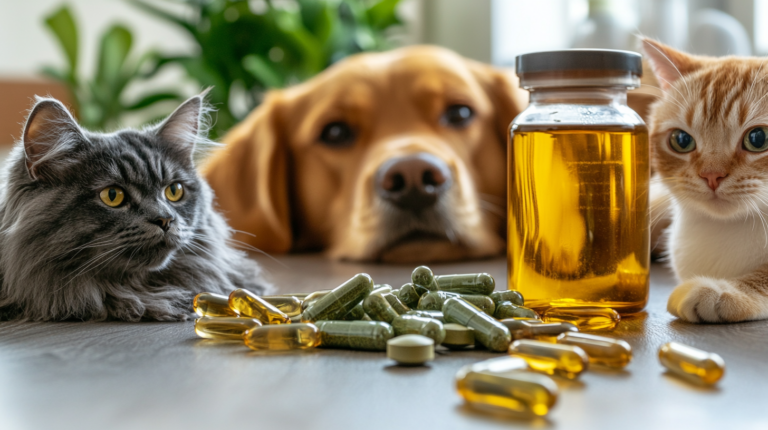
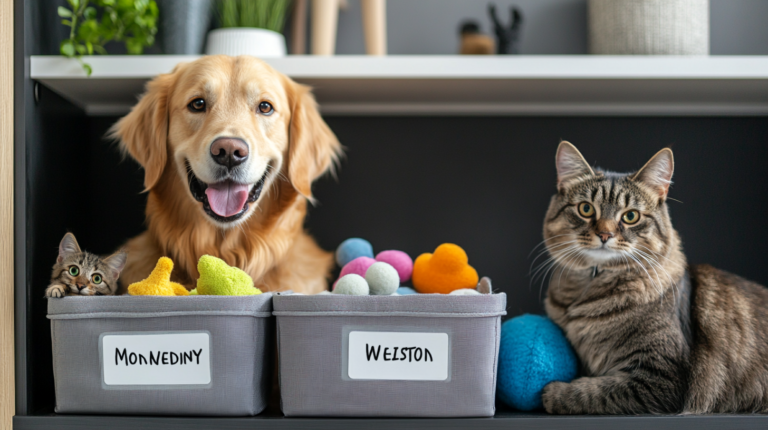
Leave a Reply